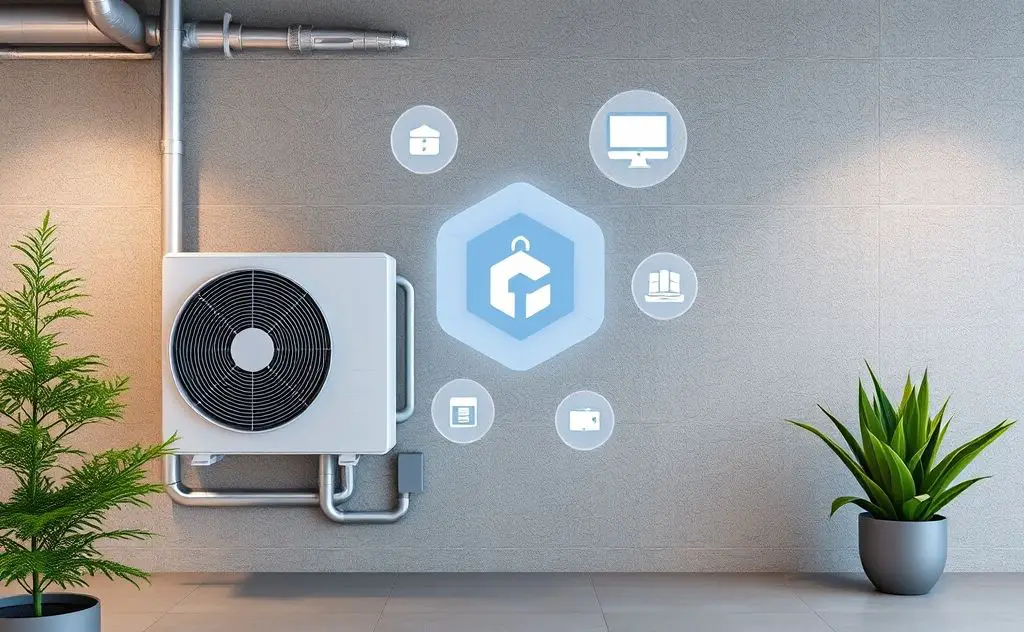Implementing IoT in retrofitting existing HVAC systems enhances energy efficiency, optimizes performance, and enables remote monitoring and control for improved comfort.
Retrofitting existing HVAC systems with IoT technology offers building owners a cost-effective path to modern efficiency. Unlike full replacements, IoT upgrades leverage existing infrastructure while delivering real-time monitoring, predictive maintenance, and energy savings up to 25%.

Why Retrofit HVAC with IoT?
Older HVAC systems often operate inefficiently due to outdated controls and lack of data. IoT solutions bridge this gap by adding smart capabilities without major equipment changes.
Key Benefits of IoT Retrofits
- 20-30% energy savings through optimized operation
- Predictive maintenance reduces repair costs by 40%
- Remote monitoring and control via mobile apps
- Extended equipment lifespan through smarter operation

IoT Components for HVAC Retrofits
Modern IoT solutions use modular components that integrate with most existing systems:
| Component | Function | Installation |
|---|---|---|
| Wireless sensors | Monitor temperature, humidity, airflow | Non-invasive mounting |
| Smart thermostats | Advanced scheduling and zoning | Replaces existing thermostat |
| Gateway device | Data collection and cloud connectivity | Wired to control board |
Sensor Placement Strategies
Proper sensor positioning is critical for accurate data:
- Return air ducts – measures system efficiency
- Supply vents – verifies proper airflow
- Occupied spaces – ensures comfort levels
Implementation Approaches
1. Basic Monitoring System
Start with simple data collection using smart thermostat controls and wireless sensors. This provides visibility into system performance without major modifications.
2. Predictive Maintenance Upgrade
Add vibration and current sensors to detect early equipment failures. According to ASHRAE research, this approach can reduce HVAC downtime by 60%.
3. Full Automation Package
Integrate with building automation systems for complete smart control. Pair with app-controlled heaters for zoned temperature management.
Case Study: Office Building Retrofit
A 50,000 sq ft office building achieved:
- 27% reduction in HVAC energy use
- $18,000 annual maintenance savings
- 2.5 year ROI on IoT investment
Overcoming Retrofit Challenges
Legacy System Compatibility
Modern IoT gateways can interface with older protocols like BACnet MS/TP and Modbus. Adapter modules are available for proprietary systems.
Wireless Reliability
Mesh network technologies like Zigbee provide robust connectivity even in concrete structures. Signal repeaters ensure complete coverage.
Data Security
Enterprise-grade encryption and local data processing options protect sensitive building information while enabling cloud analytics.
Future-Proofing Your Investment
Select IoT solutions with:
- Open API for system expansions
- Over-the-air firmware updates
- Scalable architecture for additional sensors
As noted in Buildings IoT Journal, retrofitted systems typically see performance improvements of 15-40% while extending equipment life by 5-8 years.
